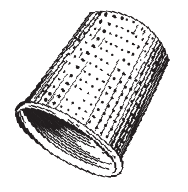after Sara Amato
The likes of Marconi and Tesla dreamed of her in the 1930s, tried to create her with all the wrong tools, too much metal, but the world was not ready then for the ways in which a woman’s body can take life without ending it. She pulled her opponents to her chest and turned them into butterflies, set loose from the cocoon of her elbows fresh wings flailing, unable to save them. She had a way of making anyone look beautiful just before tearing their skin from sinew, exposing the nerves, a kind of Munchausen’s by proxy in reverse where, instead of making someone sick to gain sympathy, she gave her opponents being just so she could take it away, a hero that reminded fans that they didn’t need heroes. You see, she understood that playing at death meant you had to be willing to breathe in and out, over and over, and hope for a heartbeat that lasted longer than three seconds. She knew how fragile the bones in her hands were but didn’t let that stop her from throwing punches. And when the weight of her destruction began to chip away at the scaffolding of her chest, she drew the blueprints of her career with yellow chalk and taught a new generation how to engineer themselves into a threat to the very system that kept them alive without compromising their ability to live. She brought revolution to the one place that none of us thought capable of change, playing to the vanity of her bosses before ripping it to shreds, revealing the rippling muscle underneath, a hero reminding fans that little girls need heroes.


